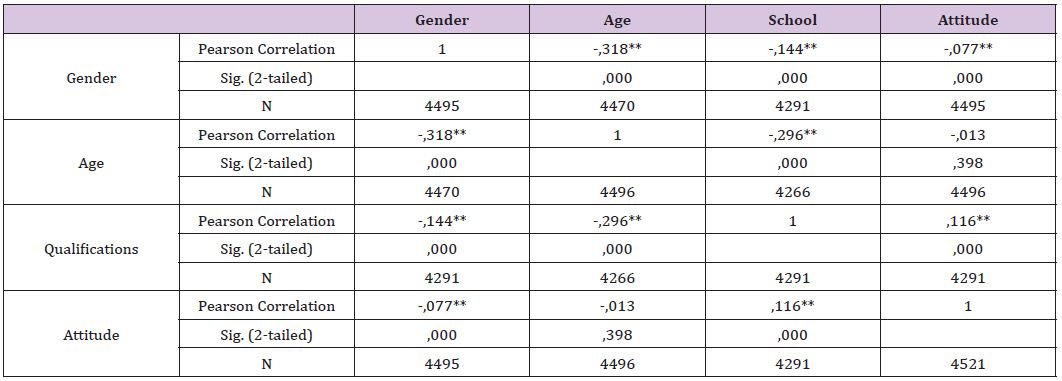Impact Factor : 0.548
- NLM ID: 101723284
- OCoLC: 999826537
- LCCN: 2017202541
Tessényi Judit*
Received: July 20, 2017; Published: July 31, 2017
Corresponding author: Tessényi Judit, Department of Psychology, University of Szeged, Hungarian Department, Hungary
DOI: 10.26717/BJSTR.2017.01.000224
The attitude is interpreted on the one hand, as a function of the individual’s perception of - in our case, for example. The usefulness of gambling / harmful effects – on the other hand it is the internal control of social behavior (impulsion, motivation, pressure). A separated area of the research is attitude studies, where we examine the behavior of individuals to develop what causes cognitive and emotional factors. At present, it is also undisputed that researches attitudes and attitude scales capable of measuring attitudes at all: the results could not clearly show the link with the behavior [1]. The attitude - based on the definition given by All port - was organized through experience mental and neural state of readiness, which is a dynamic leader or entice, a mobilizing effect on the individual reaction of all those situations towards which the attitude concerns [2].
Below described in this study includes the examination of the hypothesis and statistical comparative analysis of five samples taken in 2011 and 2016, according to which the gamblers attitude mean values and standard deviations greater than the non-problem players.
Conclusion:Problematic (contingent) players are more positively related to gambling than the average players. Students are less than average. Significant values were also found for gender differences.
Keywords: Gambling; Attitude; Problematic Player; Addiction
Each response to an attitude statement was given a score between 1 and 5 (Table 1). For those items phrased in a way that is positive towards gambling the scoring was: strongly agree (score 5), agree (4), neither agree or disagree (3), disagree (2), strongly disagree (1). In summary, the comparable demographic data showed only measurable deviations for the age groups in 2011, that is, all the others were the average of the attitudes and normal distribution. Men have a higher average attitude score, meaning gambling is more positive among them [3-7] (Tables 2 & 3). At the same time, the “attitudes” of the youngest age group among the examined age groups are the most receptive. The situation is similar in 2016, but we have found a statistically significant relationship between sex, education and passionate gamblers.
Table 1: Attitudes towards Gambling Scale.

Table 2: One-step ANOVA test.

Table 3: Correlation study between certain demographic parameters and attitudes of the sample.



